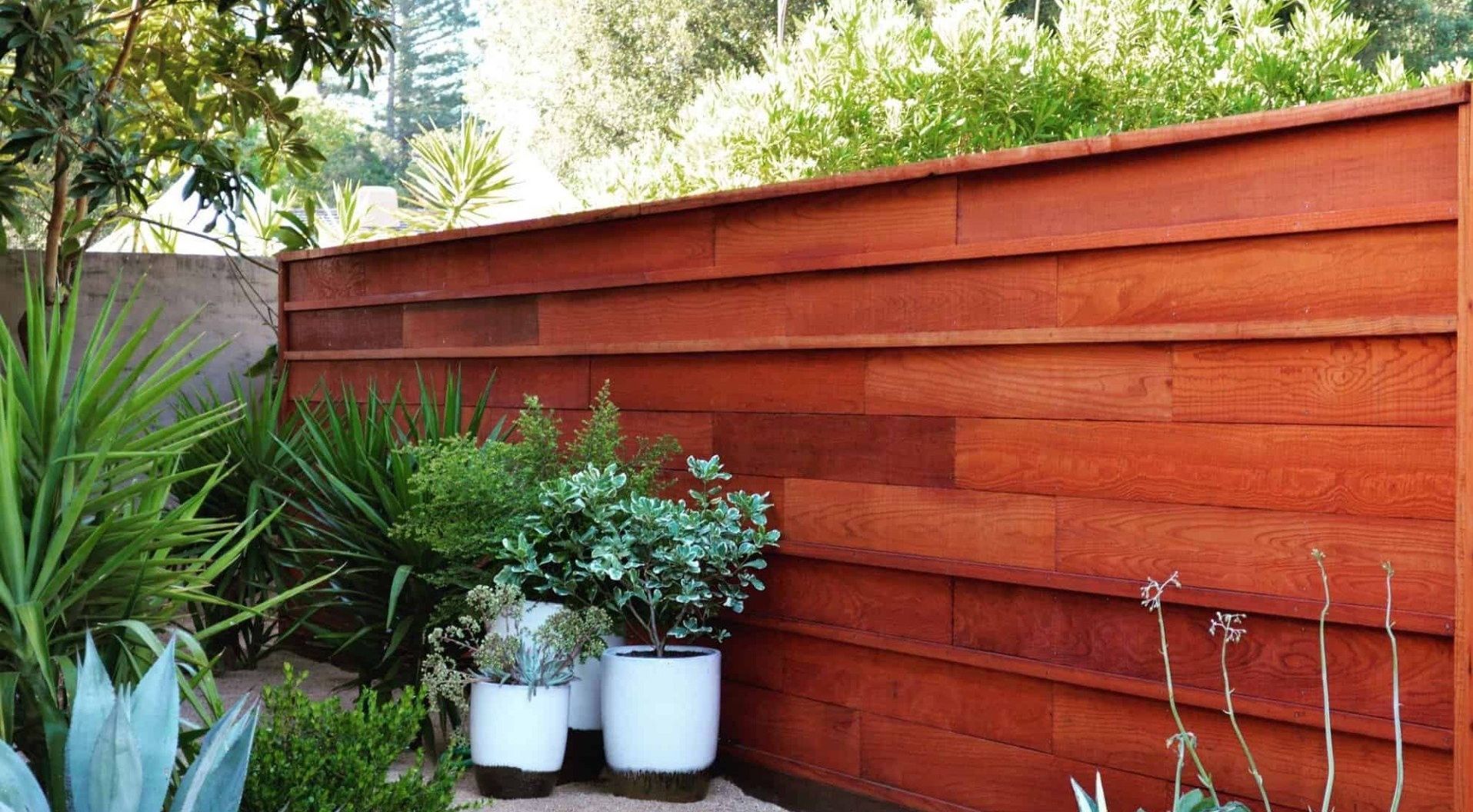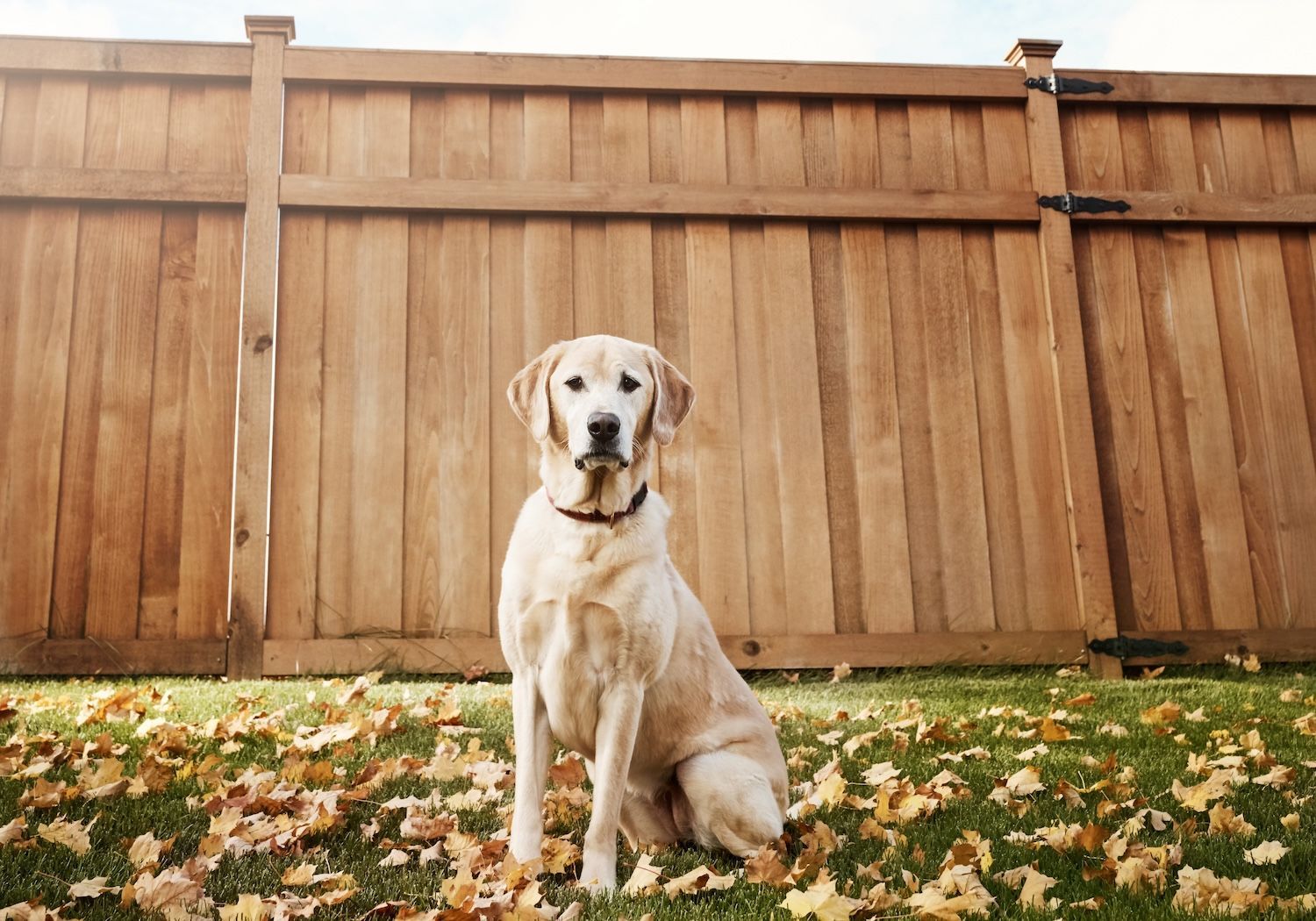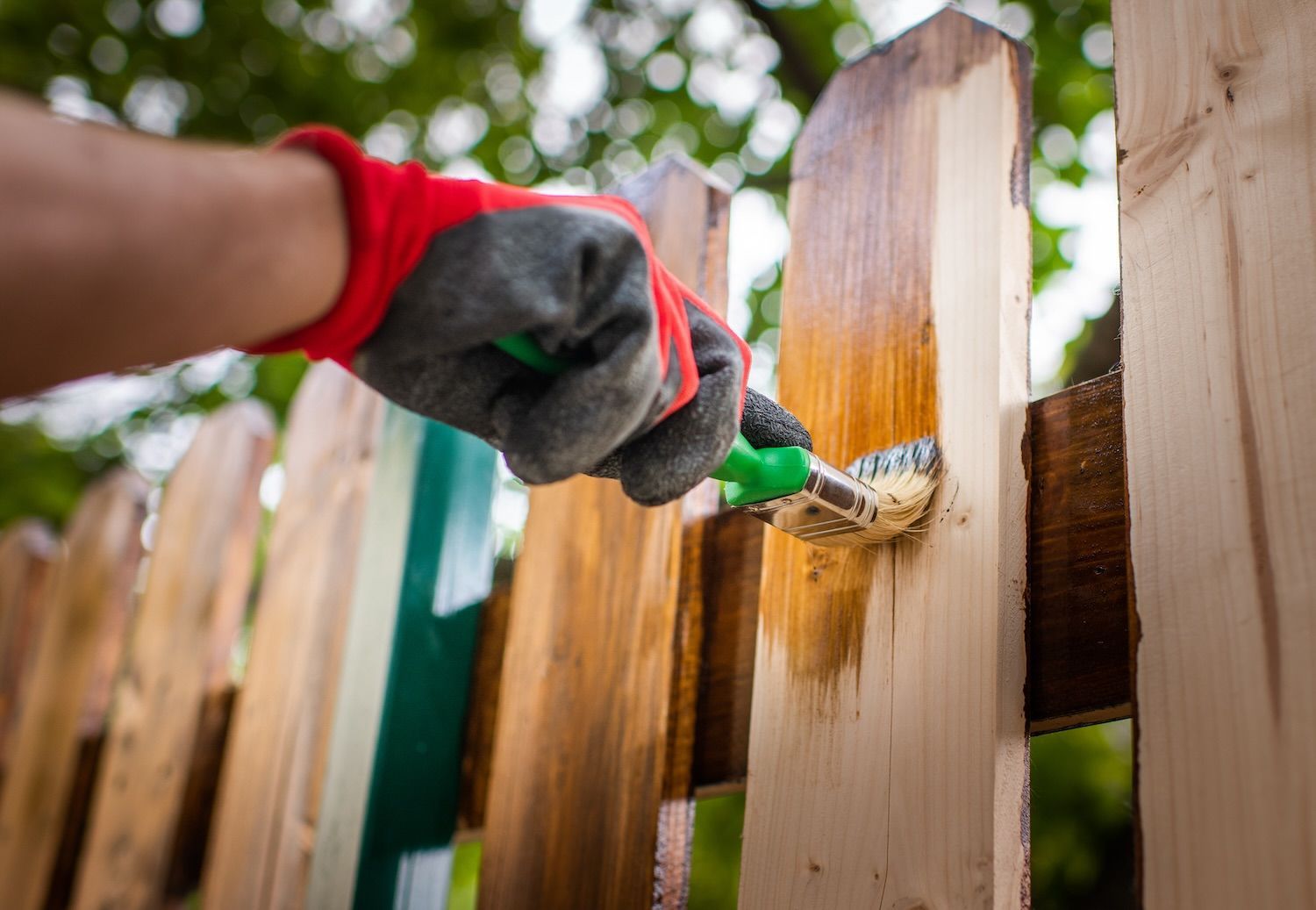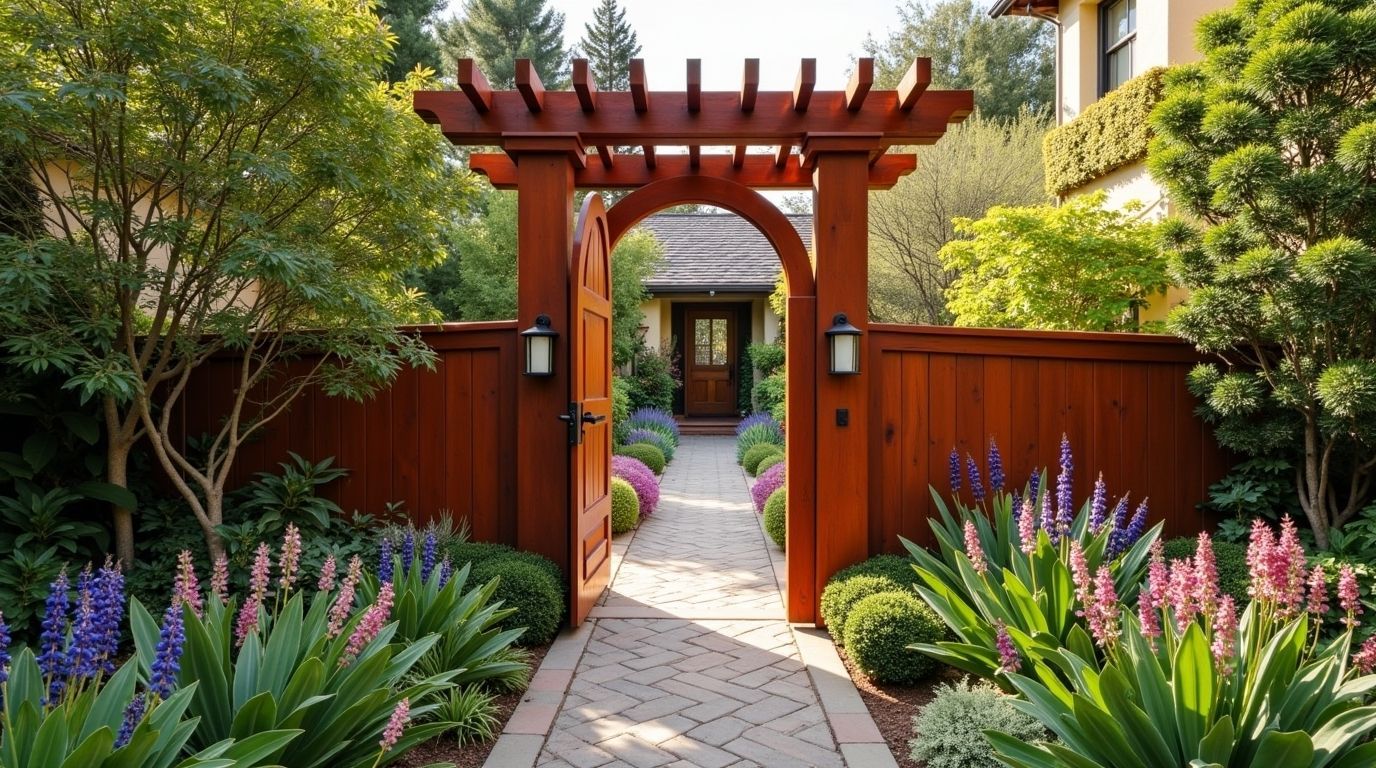How to Balance Form and Function in Your Retaining Wall Design
How to Balance Form and Function in Your Retaining Wall Design
The right landscaping can increase your home value by as much as 20%. For many Bay Area homeowners, those sloped lawns and poor irrigation patterns seem to limit the landscaping possibilities. The good news is that there's a well-tested solution that can turn your hillside property into a gardener's paradise. That solution is the classic retaining wall. How can you balance both form and function in your retaining wall design? What are the best ways to combine aesthetic beauty with practicality?
Read on as we share our top tips for creating a retaining wall design that looks great and works like a charm.

Understand What Retaining Walls Do
Before you start designing and building your retaining wall, it's important to understand what retaining walls do.
Here are the four key functions of any retaining wall.
Create Usable Space
It's hard to make use of a sloped front or backyard landscape. Retaining walls make it easy to level off sloped areas to create things like tiered garden beds, suitable for shrubs, flowers, and even edible plants. Large, durable retaining walls can provide support for things like patios, decks, outdoor kitchens, and fire pits.
Prevent Soil Erosion
A well-constructed retaining wall can prevent or correct the issue of soil erosion caused by wind, water, and other natural forces. Depending on the direction of your yard's slope, soil erosion can cause your foundation to shift or flood. If you're interested in gardening, soil erosion in any direction can disrupt plant growth and sap important nutrients from your soil.
Improve Drainage
Along with soil erosion comes the issue of uncontrolled water drainage.
A good retaining wall will divert water flow in your yard so that it drains away from your foundation and toward absorbent soil or nearby street gutters. Certain designs can even reduce your need to manually water gardens during the rainy season by directing excess water to downstream garden beds.
Enhance Landscaping
We've talked quite a bit about the function of retaining walls, but what about their aesthetic purposes? Retaining walls can transform a landscape with uneven growth and limited use into a beautiful space.
The best retaining walls compliment the natural landscape and enhance the overall look of your property.
Consider Retaining Wall Types
At first glance, building a retaining wall may seem simple. The reality is that retaining walls are a feat of engineering. Here are the different types of retaining walls to consider based on things like height and weight.
Gravity Walls
Gravity walls are the simplest of all retaining walls. The weight of the retaining wall provides enough weight and pressure to hold the soil behind it in place. Because they don't have additional support, gravity walls need to be short and thick, making them ideal for gardening purposes.
Cantilever Walls
Cantilever walls have a hidden horizontal structure embedded in the ground. The soil holds the foundation in place which, in turn, holds the wall in place. This additional support allows for taller walls that can bear more weight and pressure, making them ideal for patios and small seating areas.
Anchored Walls
Anchored walls are the most durable of all retaining walls. They may have the basic cantilever foundation, but they also have strong cables that anchor the backside of the wall into the soil. If you're planning on building a retaining wall to support a large square footage of flat ground, you're going to need to build an anchor wall.
Finalize Your Design
Now that you know more about retaining wall basics, let's talk about the final considerations to make when designing your retaining wall. From materials to drainage systems, we've got you covered.
Durability
When it comes to durability, stone and concrete can seem like the obvious choice. However, wood retaining walls can last for years with the right treatment and maintenance.
In a region like the East Bay Tri Valley, where rainfall is below average, you don't have to worry as much about wood retaining walls warping or decaying, especially when properly treated.
Design Incorporation
Retaining walls should blend seamlessly with your existing landscaping, not clash with it. If, for example, you have a wood privacy fence, you can carry that design into the rest of your landscaping with a wood retaining wall.
Pull inspiration from both your property's construction and natural features.
Evaluate Drainage Needs
A good retaining wall can improve drainage while a poorly built retaining wall can create drainage problems.
Depending on the slope of your yard and the makeup of your soil, you may need to install a french drain system at the base of your retaining wall. Proper retaining wall drainage will carry standing water away and prevent pressure buildup.
Plan for Soil Pressure
Even with a great drainage system, you still need to account for soil pressure when building your retaining wall. Unless you have loose, rocky soil, rain and runoff water won't drain all at once or right away.
Many Bay Area properties have a clay-like soil that tends to retain water and expand, creating more pressure behind retaining walls.
Partner with Professionals
Retaining walls may seem like straightforward structures, but as you can see, a lot can go wrong when you're designing and building one.
Partnering with retaining wall professionals will ensure that your retaining wall bears weight and drains well. Professionals will take your design ideas and make sure that the function is there to back up the form.
Call C & J Fencing for Superior Retaining Wall Design
If you're tired of living with a sloped and unusable yard, it's time to get started on your retaining wall design.
Retaining walls can transform any piece of property into a gorgeous, functional landscape. Use this guide to make sure your retaining wall hits both the aesthetic and practical mark.
C & J Fencing is San Ramon's leader in redwood landscaping designs, from privacy fences to decks to retaining walls. We've been in the business since 2005 and offer hands-on service from the moment you share your inspiration to the moment your construction is complete.
Contact us and start planning your retaining wall today.



